The delicate dance between fragility and permanence finds its purest expression in the art of ceramic crackling. Known as "开片" (kāi piàn) in Chinese ceramics, this intricate network of glaze cracks transforms functional objects into philosophical artifacts, each piece carrying a unique topography of time's passage. Far from being flaws, these golden veins tell stories of material alchemy, where clay, glaze, and fire engage in their eternal conversation.
When a Song Dynasty potter first pulled a crackled celadon from the dragon kiln's ashes, they couldn't have imagined their "failed" glaze would inspire eight centuries of aesthetic pursuit. The accidental poetry of thermal stress – where glaze contracts faster than the clay body during cooling – became one of ceramics' most deliberate accidents. Modern collectors pay small fortunes for this controlled chaos, while contemporary artists employ ice water quenching and other techniques to induce these coveted imperfections.
Chemistry's Brushstrokes
Beneath the apparent randomness lies precise science. The glaze's composition – typically high in silica and low in alumina – determines its thermal expansion coefficient. Potters may add wood ash or crushed pottery (known as "grog") to encourage crackling. During firing, the molten glaze becomes a viscous liquid at approximately 1200°C, then solidifies into a glassy matrix upon cooling. The tension between this glass layer and the clay body creates the characteristic web-like patterns.
Post-firing, artisans often enhance these cracks with pigments. Tea staining creates subtle brown networks, while manganese dioxide produces dramatic black lines. The most prized treatment involves gold leaf rubbed into oil-filled cracks, transforming each vessel into a celestial map. This gilding process, requiring the steady hands of master craftsmen, can take weeks as the precious metal is carefully burnished into the microscopic crevices.
The Metaphysics of Broken Perfection
Eastern aesthetics have long celebrated wabi-sabi – the beauty of impermanence and imperfection. Ceramic crackling embodies this philosophy physically; each piece continues evolving as new micro-fractures form over decades. A 12th-century Guan ware bowl in the Taipei Palace Museum displays crackles within crackles, resembling the fractal patterns of river deltas seen from space. Conservators note how these pieces "breathe," with cracks slightly expanding and contracting with humidity changes.
Contemporary artists push these boundaries further. Japanese ceramicist Suzuki Goro creates startling geometric crackle patterns by scoring glazes before firing. Meanwhile, British potter Julian Stair exploits crackling to comment on human mortality, creating funerary urns where gold lines trace paths like life lines on a palm. These works challenge our perception of ceramics as static objects, instead presenting them as living documents recording their own histories.
The Collector's Paradox
The art market's relationship with crackled ceramics presents fascinating contradictions. While museums prize ancient pieces with organic, time-developed crackle patterns, wealthy collectors increasingly demand modern works with artificially induced "instant antiquity." This has led to controversial practices, including some workshops using liquid nitrogen to rapidly cool pieces, creating dramatic but structurally unstable crackle networks.
Authentication poses another challenge. Genuine antique crackling exhibits irregular patterns with depth variation, while modern reproductions often show uniform cracks. Under ultraviolet light, old crackle lines fluoresce differently due to centuries of dust accumulation and oxidation. Some auction houses now employ AI pattern recognition to verify crackle authenticity, analyzing the fractal dimensions of glaze networks with algorithms originally developed for coastline mapping.
Cultural Threads in Glaze Networks
Crackled ceramics serve as cultural palimpsests. Persian potters developed their own crackling traditions using alkaline glazes, creating webs resembling Islamic geometric patterns. Korean buncheong ware features intentional "pebble crackle," where the glaze separates into island-like formations. In contemporary studio pottery, artists like Clare Twomey use crackling to explore climate change, creating installations where crackle patterns mirror drought-cracked earth.
The global fascination persists because these works speak a universal language. A Tang Dynasty crackled ewer, a 18th-century European falence plate, and a modernist crackled vase all share that magical quality – they capture the moment when control surrenders to materiality, when human intention meets elemental forces. As we run our fingers along these golden rivers frozen in glaze, we trace not just the life of the object, but our own impermanent beauty reflected back at us.

By /Jul 23, 2025

By /Jul 23, 2025

By /Jul 23, 2025
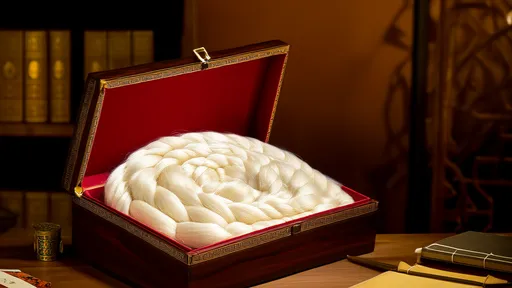
By /Jul 23, 2025
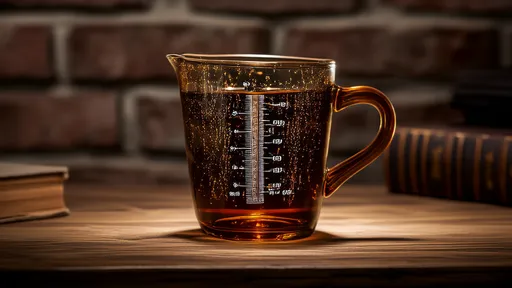
By /Jul 23, 2025
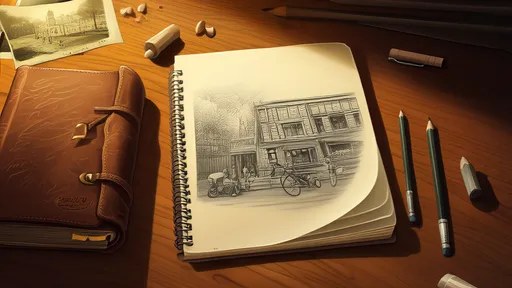
By /Jul 23, 2025
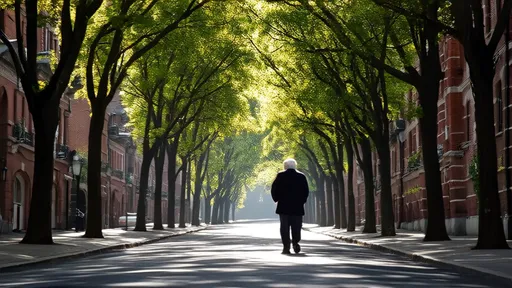
By /Jul 23, 2025
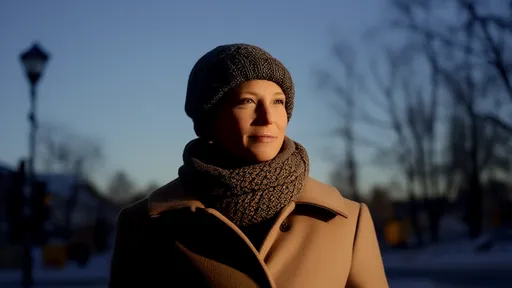
By /Jul 23, 2025
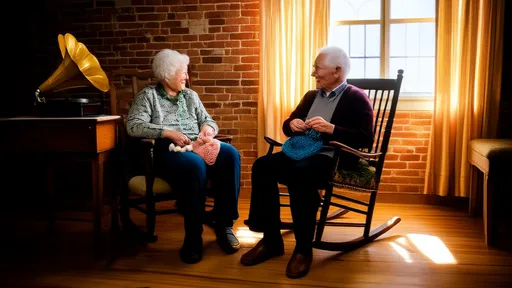
By /Jul 23, 2025

By /Jul 23, 2025
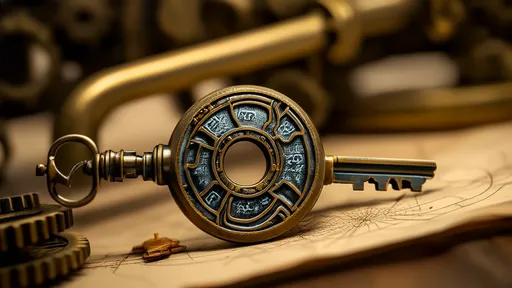
By /Jul 23, 2025
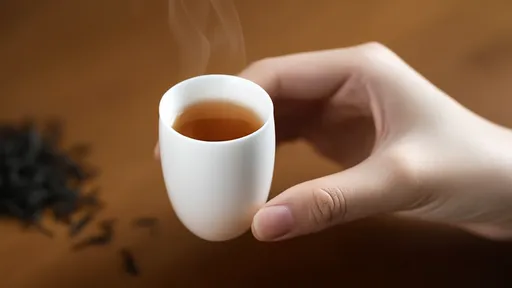
By /Jul 23, 2025
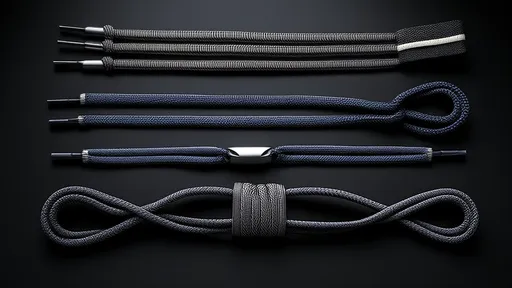
By /Jul 23, 2025
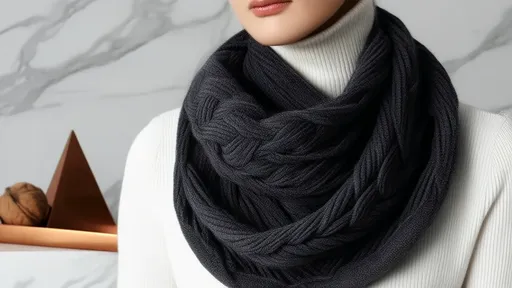
By /Jul 23, 2025
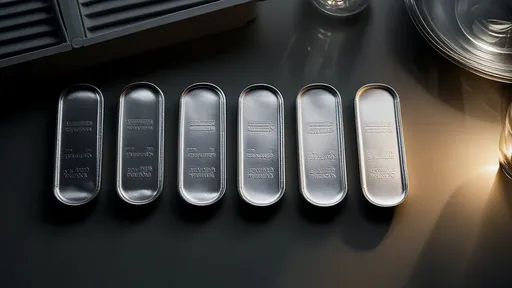
By /Jul 23, 2025
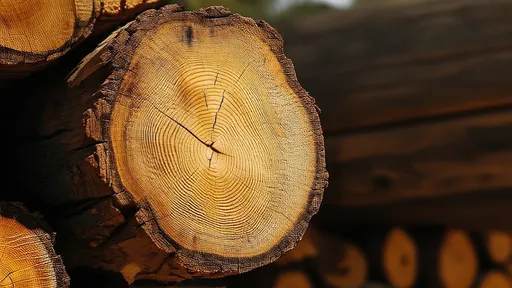
By /Jul 23, 2025
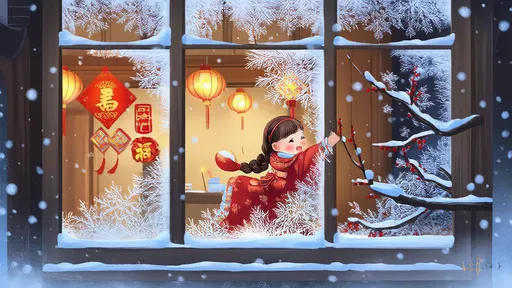
By /Jul 23, 2025
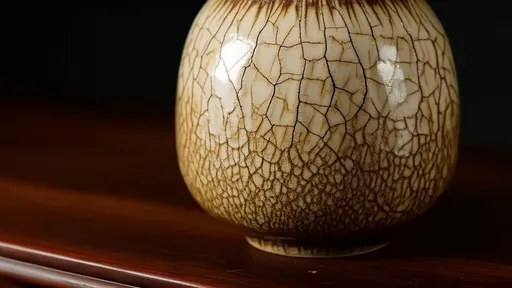
By /Jul 23, 2025